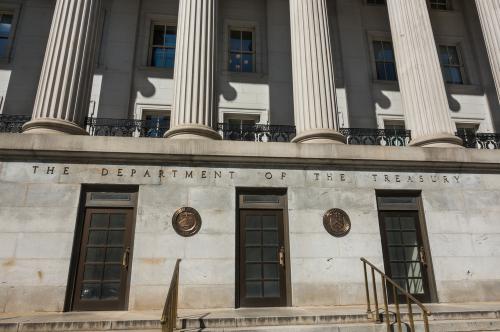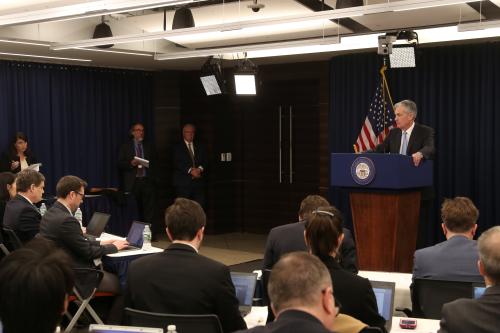Executive Summary
A recent, widely cited study of North Carolina’s anti-predatory lending law conducted by three analysts at the University of North Carolina purports to show that the law has been effective in curbing undesirable lending abuses while having essentially no negative side-effects on the volume of legitimate subprime lending to borrowers unable to qualify for prime credit. These findings are in stark contrast to the findings of earlier studies. This essay suggests one reason for the discrepancy: The UNC study relies on a database that does not contain the information properly required to address these issues, namely data on mortgage originations. The database instead contains information on the volume of loans that have been securitized, which for reasons argued here, are not likely to represent accurately the trends in mortgage originations. For this and other reasons discussed below, until a thorough analysis of mortgage originations demonstrates otherwise, policy makers throughout the country should remain concerned about the unwanted side-effects of laudably intended state legislation aimed at stamping out predatory lending.
Introduction
In 1999, the state of North Carolina was one of the first states in the country to enact supplemental legislation – beyond that already provided under federal law – aimed at curbing predatory lending, or lending characterized by several abusive practices that tend to harm low-income, often minority and aged, unsophisticated borrowers. The law was implemented over a two-year period and imposed various restrictions or prohibitions on “high-cost mortgages,” as defined by the statute, which were not mandated by federal law.
In June 2003, three analysts from the University of North Carolina – Robert Quercia, Michael Stegman, and Walter Davis – released a study (the “UNC Study”) of the North Carolina law that, among other things, concluded that while overall subprime originations in North Carolina fell by 17 percent in the aftermath of the law, the volume of mortgage loans extended to the riskiest category of subprime borrowers actually increased (by 31 percent), in line with the experiences of neighboring states that did not have their own anti-predatory lending statutes. This study was the first to conclude that mortgage loans with abusive terms had declined, but its conclusion that subprime lending to the highest risk borrowers was not impaired – and indeed even increased – directly conflicted with other notable studies that had concluded just the opposite, namely that subprime credit generally had dropped in the wake of the North Carolina statute [Elliehausen and Staten; Harvey and Nigro].
The Brookings Institution is committed to quality, independence, and impact.
We are supported by a diverse array of funders. In line with our values and policies, each Brookings publication represents the sole views of its author(s).



